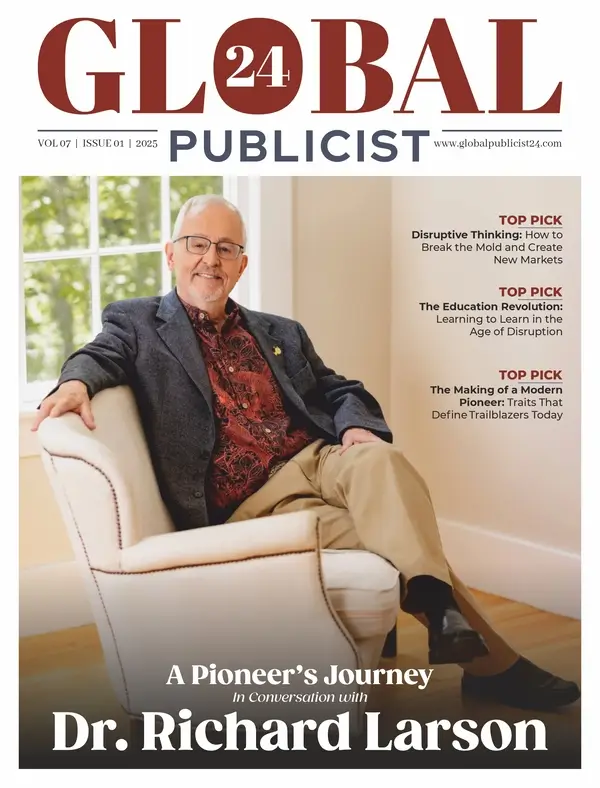It started as a whisper in policy circles: now it’s a global conversation. In 2025, medical cannabis isn’t fringe; it’s front and center in the evolution of modern healthcare.
Regulations are relaxing and patients once trapped in pharmaceutical routines are finding new paths to relief. What was once stigmatized is now studied, standardized, and – most importantly – accessible.
So what does this pivot mean for you, your doctor, and the future of treatment? Let’s unravel the global movement and what it really means to be a medical cannabis patient in 2025.
Patients Are Driving the Evolution
This shift is rooted in real demand. Patients living with chronic conditions like:
- Fibromyalgia
- PTSD
- Autoimmune disorders
- Migraines
Aren’t waiting for governments or doctors to catch up. They’re researching cannabinoids, tracking their own responses, and advocating for alternative therapies.
The rise of digital health tools means individuals no longer need to navigate slow bureaucracies or vague advice. With just a few clicks, they can Book an Appointment With a Medical Marijuana Doctor to get expert guidance on dosages and delivery systems.
Patients are seeking targeted outcomes. Not just pain relief, but:
- Better sleep cycles
- Reduced inflammation
- Balanced mood
- Improved cognition
That shift in expectations is forcing the system to respond.
Medical Cannabis Is Going Global
Countries are no longer just experimenting – they’re establishing real infrastructure. Germany’s public insurance system is now covering cannabis in more diagnoses. Australia has leaned into telehealth prescribing.
Thailand’s medical program is a hybrid of traditional medicine and regulated cultivation. Even Japan, typically conservative on drug policy, has launched pilot studies on CBD treatments for neurological disorders.
These national movements are creating a ripple effect. Healthcare models are being rewritten around patient-first access. Standardized prescription processes, consistent product labeling, and outcome-tracking protocols are now part of the international conversation.
To support this new era of patient-first cannabis care, platforms like Solvent are helping dispensaries and providers deliver compliant, data-driven, and accessible experiences—making it easier than ever for patients to get the care they deserve.
And in regions like North America, cross-state and cross-border dynamics are nudging federal governments toward long-overdue reform. Explore how policy is adapting globally.
From Strains to Science: What Patients Are Really Using
2025’s patients are past the “any strain will do” phase. There’s a new focus on bioavailability, terpene profiles, and minor cannabinoids. Dispensaries now offer curated product lines that include:
- Microdose THC lozenges for daytime focus
- High-CBD oils with beta-caryophyllene for inflammatory conditions
- Fast-onset nanoemulsion edibles for pain flares
- Balanced THC:CBD vapes for nighttime relaxation
Formulation has gone clinical. Producers are expected to deliver pharmaceutical-level testing, third-party certifications, and traceable supply chains. The rise of minor cannabinoids has added new tools to the therapeutic toolkit.
The Medical System Is Starting to Catch Up
Some hospitals are launching cannabis clinics within their networks. Others are hiring cannabinoid specialists or offering CME credits in cannabis pharmacology.
At the academic level, medical schools are being pressured by both students and research outcomes to include cannabinoid science in curricula. This isn’t just about catching a trend – it’s about preparing future doctors for the real questions their patients are already asking.
Even insurers and pharmacy benefit managers are watching closely. Where there’s data showing reduced opioid use or lower ER visits, there’s interest in integrating cannabis as a cost-saving measure – something once unthinkable.
Data, Devices, and DIY Healthcare
The tech-meets-cannabis space is rapidly expanding. Wearables that track sleep quality, pain spikes, and mood fluctuations are feeding personalized dosing algorithms. Apps allow patients to log effects in real time, compare strains, and sync data with their healthcare provider.
Clinical trials are also becoming more patient-led. Platforms are connecting participants with researchers studying everything from cannabis for menopause symptoms to THC’s impact on neuroinflammation. This DIY approach to healthcare doesn’t reject the medical system – it redefines how patients interact with it.
What 2025 Means for You
If you’re a patient, 2025 is the year where you don’t have to explain why you’re interested in medical cannabis – you can start asking how to make it work for you. The barriers that once made it difficult to access treatment or find trustworthy providers are crumbling.
This moment belongs to the informed and engaged patient. The healthcare system is adjusting not out of charity, but because it must. That’s the power shift we’re living through; and it’s only just begun.














